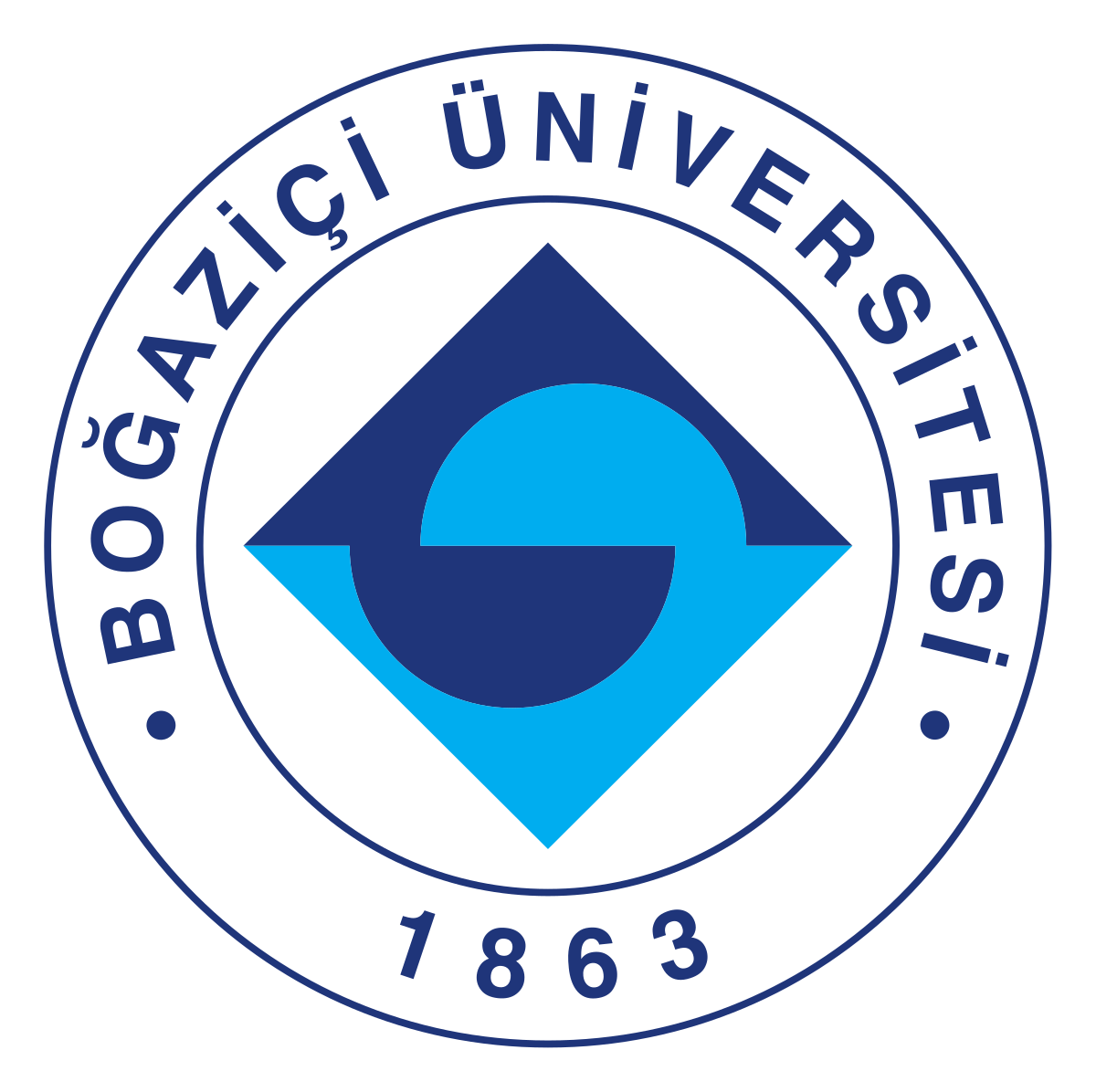- About
- Home
- Introduction
- Statistics
- Programs
- Dignet
- Gene
- GenePair
- Help & Docs
- Documents
- Help
- FAQs
- Links
- Acknowledge
- Disclaimer
- Contact Us
Gene Information
Gene symbol: COL1A1
Gene name: collagen, type I, alpha 1
HGNC ID: 2197
Synonyms: OI4
Related Genes
| # | Gene Symbol | Number of hits |
| 1 | AGT | 1 hits |
| 2 | AGTR2 | 1 hits |
| 3 | ALB | 1 hits |
| 4 | AMMECR1 | 1 hits |
| 5 | COL4A4 | 1 hits |
| 6 | EMP1 | 1 hits |
| 7 | GP6 | 1 hits |
| 8 | HK2 | 1 hits |
| 9 | ITK | 1 hits |
| 10 | LMX1B | 1 hits |
| 11 | MAPK1 | 1 hits |
| 12 | MMP9 | 1 hits |
| 13 | NAMPT | 1 hits |
| 14 | NPHS2 | 1 hits |
| 15 | PDGFD | 1 hits |
| 16 | PDLIM5 | 1 hits |
| 17 | RHOA | 1 hits |
| 18 | SMAD2 | 1 hits |
| 19 | TGFB1 | 1 hits |
| 20 | TIMP1 | 1 hits |
| 21 | TSPYL2 | 1 hits |
| 22 | VEGFA | 1 hits |
Related Sentences
| # | PMID | Sentence |
| 1 | 21866094 | PDGF-A, -B, and both PDGF receptor chain mRNAs, fibronectin, type IV collagen, RANTES, MCP-1, and CCR-2 mRNAs were all increased in the renal cortex of PDGF-D transgenic mice. |
| 2 | 11978876 | Our studies of a skeletal malformation syndrome, nail-patella syndrome, have shown how the LIM homeodomain transcription factor, Lmx1b, contributes to transcriptional regulation of glomerular basement membrane collagen expression by podocytes. |
| 3 | 12819019 | Strong reduction in the glomerular expression of the alpha3 and alpha4 chains of type IV collagen, and of podocin and CD2AP, two podocyte proteins critical for glomerular function, has been observed in Lmx1b null mice. |
| 4 | 12819019 | These findings indicate that heterozygous mutations of LMX1B do not appear to dramatically affect the expression of type IV collagen chains, podocin, or CD2AP in NPS patients. |
| 5 | 15840669 | Podocyte expression of alpha3(IV) collagen may involve the transforming growth factor-beta (TGF-beta) and vascular endothelial growth factor (VEGF) systems. |
| 6 | 15840669 | AngII >or=10(-10) M was found to stimulate the production of alpha3(IV) collagen significantly in as short a time as 3 h. |
| 7 | 15840669 | The expression of alpha3(IV) collagen was influenced by the TGF-beta system, but AngII did not increase the podocyte's production of TGF-beta1 ligand; rather, it increased the expression of the TGF-beta type II receptor and activated the TGF-beta signalling system through Smad2. |
| 8 | 15840669 | Despite the TGF-beta receptor upregulation, synergy between AngII and TGF-beta1 to boost alpha3(IV) collagen production was not observed. |
| 9 | 15840669 | However, blockade of TGF-beta signalling with SB-431542 prevented AngII from stimulating alpha3(IV) collagen production. |
| 10 | 15840669 | Blockade of the endogenous VEGF activity by SU5416 prevented AngII-stimulated alpha3(IV) collagen production. |
| 11 | 15840669 | AngII stimulates the podocyte to produce alpha3(IV) collagen protein via mechanisms involving TGF-beta and VEGF signalling. |
| 12 | 16061020 | The MMP9 activity in the supernatant of the HG group had a strongly negative correlation with the levels of collagen alpha5 (IV) protein (r = -0.577, P < 0.006). |
| 13 | 16061020 | Pretreatment with PD98059, for 30 min abolished the HG-stimulated increase of MMP-9 activity and MMP-9 mRNA, as well as the decrease of collagen alpha5 (IV) protein. |
| 14 | 16196291 | It is concluded that calcium dobesilate can improve diabetic nephropathy by inhibiting the over- accumulation of collagen IV and calcium dobesilate may also contribute to diabetes by inhibiting the expression of TIMP1. |
| 15 | 17653209 | As a result, many investigations have demonstrated that the diabetic milieu per se, hemodynamic changes, and local growth factors such as transforming growth factor-beta and angiotensin II, which are considered mediators in the pathogenesis of diabetic nephropathy, induce directly and/or indirectly hypertrophy, apoptosis, and structural changes, and increase type IV collagen synthesis in podocytes. |
| 16 | 20375985 | Furthermore, visfatin induced tyrosine phosphorylation of the insulin receptor, activated downstream insulin signaling pathways such as Erk-1, Akt, and p38 MAPK, and markedly increased the levels of TGFbeta1, PAI-1, type I collagen, and MCP-1 in both renal cells. |
| 17 | 20345705 | SUMMARY: The glycoprotein VI (GPVI)-FcR gamma-chain complex initiates powerful activation of platelets by the subendothelial matrix proteins collagen and laminin through an immunoreceptor tyrosine-based activation motif (ITAM)-regulated signaling pathway. |
| 18 | 20621183 | PARP-1 gene deficiency reduced urinary albumin (ELISA) and protein excretion prevented diabetes-induced kidney hypertrophy, and decreased mesangial expansion and collagen deposition (both assessed by histochemistry) as well as fibronectin expression. |
| 19 | 21152865 | Furthermore, both treatments failed to influence TGF-ß1 and MCP-1 secretion and to modulate RAGE and collagen IV expression. |
| 20 | 20042458 | Cultured wild-type podocytes, but not plasminogen activator inhibitor-1 knockout, responded to angiotensin II with increased collagen, an effect that was completely blocked by ARB with lesser effect of AT2 receptor antagonist. |
| 21 | 16014575 | Adhesion of rat glomerular epithelial cells (GEC) to collagen activates focal adhesion kinase (FAK) and the Ras-extracellular signal-regulated kinase (ERK) pathway and supports survival (prevents apoptosis). |
| 22 | 16014575 | Parental GEC (adherent to collagen) and GEC stably transfected with constitutively active mutants of mitogen-activated protein kinase kinase (R4F-MEK) or FAK (CD2-FAK) (on plastic) showed ERK activation, low levels of apoptosis, and a cortical distribution of F-actin. |
| 23 | 16014575 | However, disruption of the actin cytoskeleton with cytochalasin D or latrunculin B in parental GEC (on collagen) and in GEC that express R4F-MEK or CD2-FAK (on plastic) decreased ERK activation and increased apoptosis. |
| 24 | 16014575 | Expression of a constitutively active RhoA (L(63)RhoA) induced assembly of cortical F-actin, promoted ERK activation, and supplanted the requirement of collagen for survival. |
| 25 | 16014575 | These results demonstrate a reciprocal relationship between collagen-induced cortical F-actin assembly and collagen-dependent survival signaling, including ERK activation. |
| 26 | 17018845 | In the present study, db/db mice were treated with a small molecule, designated 23CPPA, that inhibits the nonenzymatic condensation of glucose with the albumin protein to evaluate whether increased glycated albumin influences the production of VEGF receptors (VEGFRs) and type IV collagen subchains and ameliorates the development of renal insufficiency. |
| 27 | 21519194 | However, collagen IV mutation, which causes Alport syndrome and ESRD in humans, leads to gradual damage to the GBM that eventually leads to albuminuria and renal failure. |
| 28 | 20962744 | CDA1 small interfering RNA knockdown markedly attenuated, whereas its overexpression increased TGF-? signaling, modulating the expression of TGF-?, TGF-? receptors, connective tissue growth factor, collagen types I, III, IV, and fibronectin genes in HK-2 cells. |
| 29 | 20962744 | CDA1 knockdown effectively blocked TGF-?-stimulated expression of collagen genes. |
| 30 | 12545247 | In cultured rat mesangial cells we found that the TGF-beta(2) and TGF-beta(1) isoforms were equally potent in terms of nuclear accumulation of phosphorylated Smad 2/3, inhibition of DNA synthesis, and induction of beta(1)-integrin and type I collagen protein synthesis. |
| 31 | 21323641 | Treatment of HK-2 cells with extracted urinary proteins resulted in EMT, as evidenced by morphological changes, decreased E-cadherin expression, increased ?-SMA (?-smooth muscle actin) expression, as well as production of type I collagen and fibronectin. |
| 32 | 21804090 | In addition, induction of activated RhoA markedly upregulated glomerular mRNA expression of fibronectin and collagen IA1, and the degree of upregulation positively correlated with the level of albuminuria. |
| 33 | 21538935 | Through lentivirus-mediated knockdown and overexpression of EMP1, we find that EMP1 promotes cell proliferation and survival, alters cell morphology and cell cycle, reduces cell condensation, and inhibits cell hypertrophy and the expression of chondrocyte maturation markers such as collagen X, aggrecan, sex-determining region Y (SRY)-box 9, and runt-related transcription factor 2. |


